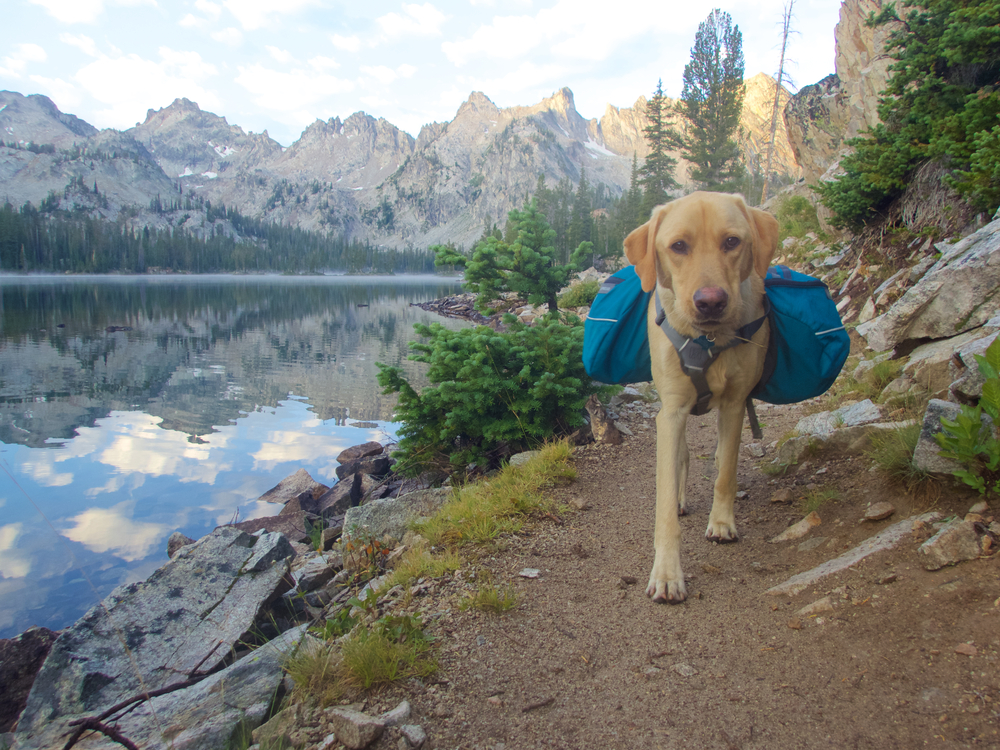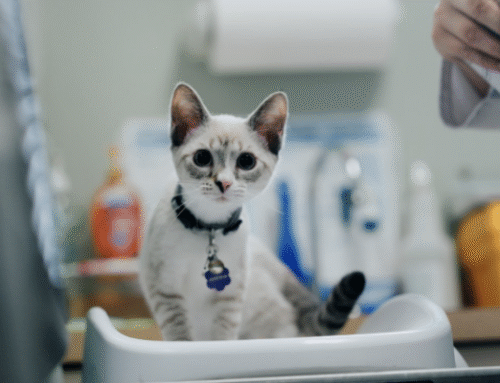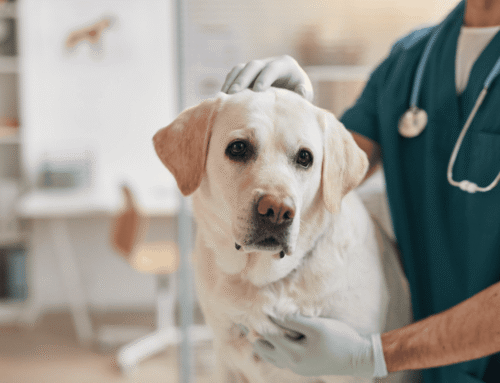As the weather turns nice, many people plan hiking and camping trips, and they often want to include their dog in the adventure. Our Safe Harbor Animal Hospital team knows that exploring the great outdoors is an excellent way to spend time with your canine friend, so we offer tips to ensure your outing is safe and enjoyable.
#1: Ensure your dog is healthy for the trip
Pets are excellent at hiding illness, and you don’t want them to experience a medical emergency when you are on the trail or at the campsite. Schedule a wellness exam before your trip for our team to thoroughly inspect your pet and ensure they are in tip-top shape and ready for an active, fun time outdoors. Other considerations include:
- Seniors — Senior dogs may have arthritis, which may make navigating uneven terrain difficult, and they likely have less stamina than when they were young. Make allowances for their condition, and monitor them for fatigue. Our team can prescribe medications to help alleviate their joint pain, if necessary.
- Brachycephalic breeds — Flat-faced breeds, such as bulldogs, pugs, and boxers, are at higher risk for exhaustion and heat stroke during physical exercise. You may need to take a less demanding route, walk more slowly, and take frequent breaks.
- Overweight dogs — Exercise is great to help overweight dogs lose weight, but they are prone to exercise intolerance and at higher heat-stroke risk. Our team can devise a safe weight loss strategy to help your dog lose weight before your trip.
#2: Ensure your dog is properly protected for the trip
During your dog’s wellness exam, ensure you inform our team about your camping and hiking plans with your four-legged friend, so we can develop an appropriate vaccination schedule. All dogs need certain vaccinations, but we may recommend additional vaccines to protect your dog against pathogens they may encounter on your trip. Your pet should also be on a year-round parasite prevention protocol that protects them against fleas, ticks, heartworms, and intestinal parasites.
#3: Microchip your dog
Microchipping your dog greatly improves their chances of being returned should they go missing. Our team can easily perform this simple procedure, which provides permanent identification that can’t be removed or lost, at their wellness exam. You must keep your contact information updated in the microchip registry, so you can be contacted if your lost dog is found. Your dog should also wear a collar and identification tags with your current contact information.
#4: Ensure your dog’s manners are trail-ready
If your dog can be aggressive toward other dogs or people, a hiking trip may not be a good choice, and if they bark excessively, they likely will upset neighboring campers. Other considerations include:
- Leash training — You shouldn’t let your dog roam off-leash, so ensure they are comfortable walking on a leash and staying on a long tether at the campsite.
- Commands — Teach your dog commands, such as “Stay,” “Quiet,” and “Leave it,” so they obey you on the trail.
- Greeting — Some dogs get excited when they see a new human, but not all hikers are comfortable around dogs. Ensure your dog knows to stay by your side until you signal that they can approach a new friend.
#5: Monitor your dog for heat stroke
Dogs can’t sweat like humans, so they use less efficient means, such as panting, to cool themselves. This makes them more susceptible to heat stroke, which is a life-threatening condition that is considered a veterinary emergency. Tips to help prevent heat stroke include:
- Take water — Carry water and a portable water bowl, so you can offer your dog frequent drinks.
- Know the signs — Watch your dog for early heat stroke signs, which include heavy panting, lethargy, increased respiratory rate, and excessive drooling.
- Take breaks — Limit your physical activity during the hottest time of the day and take frequent hiking breaks in the shade.
- Know heat stroke first aid — If you think your dog is developing heat stroke, move them to a cool area, offer water, and use lukewarm water to cool them. If possible, take their temperature, so you can monitor their progress. A body temperature higher than 105 degrees is concerning, and you should seek veterinary care immediately.
#6: Pack a bag for your dog
When you go camping, your dog needs their own supplies, including:
- Food — Bring dog food and a portable food bowl. Put meal portions in individual plastic bags, to ensure your dog maintains their normal diet.
- Water — If you won’t have access to drinking water, bring enough bottled water for you and your dog, and a portable water bowl.
- Plastic bags — Always pick up and properly dispose of your dog’s waste.
- Dog first aid kit — Bring a first aid kit for your dog, either a travel-size pet first aid kit that can be purchased, or a kit you make that includes saline solution, gauze, bandages, antibiotic ointment, antiseptic, tweezers, blood clotting powder, bandage scissors, and sterile gloves.
- Leash — Bring an extra leash, and a long tether to restrain your dog at the campsite.
- Dog booties — If you will be hiking over rough terrain, consider fitting your dog with booties to protect their paws.
- Toys and treats — Bring plenty of treats to reward your dog for good behavior, and ensure they have their favorite toy to keep them entertained and out of mischief.
Following these tips should help you and your four-legged friend have a wonderful outdoor adventure. Contact our Safe Harbor Animal Hospital team before your next outing, so we can ensure your dog is ready for the trip.









Leave A Comment